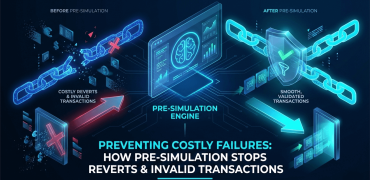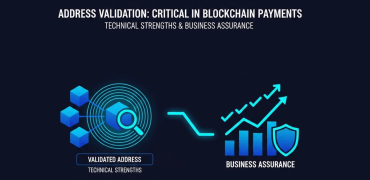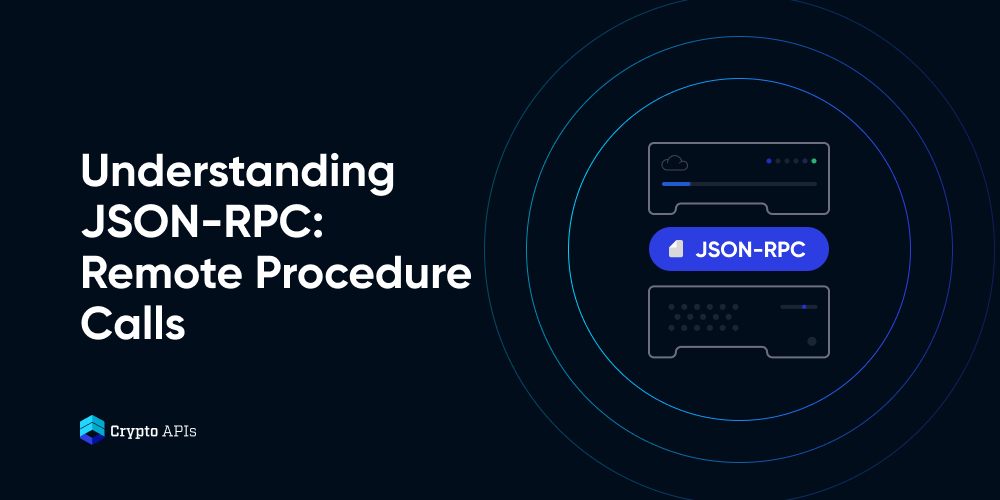Related articles

Reducing Transaction Support Load with Real-Time Transaction Tracking and Enriched Transaction Data
Blockchain
Preventing Costly Failures: How Pre-Simulation Stops Reverts and Invalid Transactions
Blockchain



 Login
Login
































 Copy link
Copy link